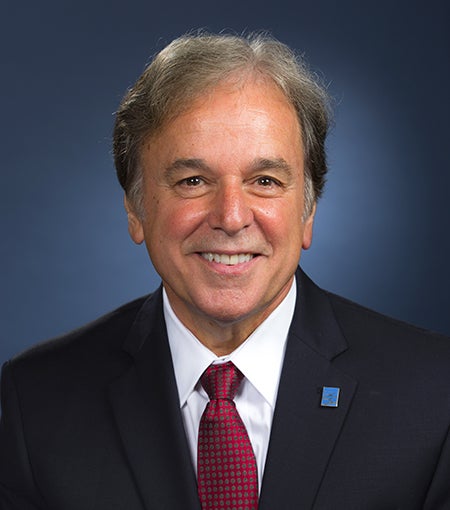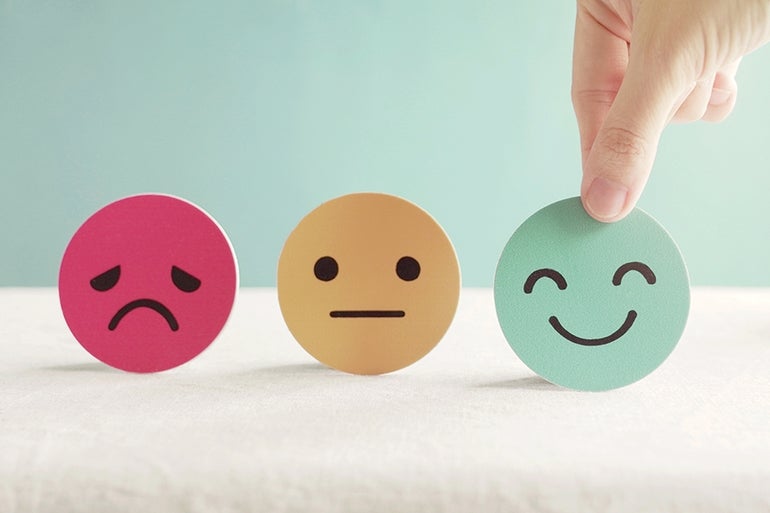Youth mental health was a burgeoning crisis even before COVID-19 closed schools and put a pause on social events.
But now, at the tail end of the pandemic, experts say kids are still struggling to deal with the psychological ramifications of the past two and a half years.
Crucial components of childhood, like in-person schooling, socialization, and after-school activities, suddenly had to stop. Children from economically disadvantaged backgrounds had to deal with a lack of adequate food or housing if their parents lost their jobs. And others suffered abuse in silence because they weren’t regularly seen by teachers and guidance counselors.
Youth mental health in the U.S. is at a bit of a tipping point, so much so that U.S. Surgeon General Vivek Murthy issued an advisory about it in December. In Central Mass., nonprofits and school districts are dealing with the ramifications and ramping up support services.
“If we seize this moment, step up for our children and their families in their moment of need, and lead with inclusion, kindness, and respect, we can lay the foundation for a healthier, more resilient, and more fulfilled nation,” Murthy wrote.

Inciting issues
The pandemic arrived when mental health issues among kids were growing more prevalent.
The share of high school students who reported feeling sad or hopeless increased by 40% between 2009 and 2019, and the suicide rate for people ages 10 to 24 was up 57% between 2007 and 2018, according to the U.S. Department of Health and Human Services.
Youth psychiatric visits to emergency departments for depression, anxiety, and other behavioral health challenges increased by 28% between 2011 and 2015, and of the 7.7 million children who had a mental health disorder in 2016, about half did not get adequate treatment, HHS said.
Before the pandemic, Worcester Public Schools students exhibited signs of depression and anxiety, and some presented with aggressive confrontational behavior, Marie Morse, the district’s assistant superintendent, said. Others had suicidal thoughts and needed clinical intervention, which the younger children showed through their behavior since they didn’t have the words to communicate those feelings.
But after students returned to school, Morse said, those problems got more widespread. Dramatic and varied behaviors, including things like verbal combativeness, acting disrespectful or withdrawn, physical dysregulation, and refusing to do work often occurred within the classroom.
“These types of scenarios, while not completely gone, are less likely to occur, as schools have set up programs and ways to triage, support, and help students get through periodic [social and emotional learning] issues,” Morse said. “However, we still need help. Our schools are doing all they can, but we were not trained for this. While we survived the year, we need to not just get through. We really need to figure this out with our community.”
After COVID hit, depression and anxiety symptoms among kids across the world doubled, with 25% of youth experiencing symptoms of depression and 20% experiencing anxiety symptoms, the surgeon general’s report said. Emergency department visits for suspected suicide attempts increased by 51% in adolescent girls in the early part of 2021 compared to the same time period in 2019, and by 4% for adolescent boys.
The reasons for this phenomenon go beyond just the pandemic. The police murder of George Floyd and the national racial reckoning of 2020, COVID-related violence against Asian Americans, gun violence, political polarization, growing concerns about climate change, and emotionally charged
misinformation are contributing factors, according to the surgeon general’s report.

“Young people watched that eight-to-nine minute video of George Floyd, plus being isolated from their supports, violence, mass shootings, and the attack on capitol were really destabilizing for young people,” said Fred Kaelin, executive director of the Shine Initiative, a Worcester nonprofit that works to remove the stigma around mental illness. “As adults we sort of forget, when all of it is all over the news and social media, that even school-aged people see it. It can be triggering.”
The surgeon general’s advisory noted the children most at risk for mental health issues are kids from racial or ethnic minorities, LGBTQ youth, children who live in rural areas or who have lower socioeconomic status, kids from immigrant households, or those experiencing homelessness.
More staff at Worcester schools have been designated as social-emotional learning, Morse said. Schools are approaching their work in this area with a preventative mindset, rather than handling cases one at a time. This year, the school system plans to develop a Wellness Task Force, including community experts to design comprehensive supports for students and families.
Outside of that though, there’s the issue of learning itself. Remote learning was not effective, despite the efforts of Worcester Public Schools teachers and staff, Morse said. Three years of learning were impacted by COVID; schools were mostly remote in the 2020-2021 school year, and the virus caused staff members and students to miss days of school last year, she said.
Unsurprisingly, she said, the students who were most impacted were the ones in schools that serve higher numbers of lower-income families.
“This will be a multi-year effort, and that we need to do all we can as this generation of students has a lot on the line. The longer you are behind, the harder it is to get caught up, and there are real implications to that,” Morse said. “Getting our students to post-high school with the skills and opportunities to be successful in their next steps will be critically important.”
Services and stigma reduction
Despite some pretty grim statistics about anxiety and depression among kids, the surgeon general’s report said the pandemic wasn’t all bad for the younger generation. Some kids got more sleep, spent more time with family, experienced less academic stress and bullying, and enjoyed more flexible schedules, the report said.

At the Seven Hills Foundation, a Worcester nonprofit working in the area of youth mental health, children showed up to therapy more consistently when they had the option to do it remotely, President David Jordan said.
“A lot of youth, particularly teenagers, are much more comfortable with social media and technology and prefer oftentimes a session that’s done virtually through some sort of internet connection,” Jordan said. “That’s going to continue.”
Another reason that could be happening is the stigma, Jordan said. It’s a lot less daunting to FaceTime someone from your house than it is to walk into a counselor’s office and be confronted with direct evidence that you’re struggling.
Removing stigma around mental health is the mission of the Shine Initiative, and Kaelin said he’s grateful the issue is getting a lot of attention. But, he said, topics in the media do have a life cycle, and he sees the still-present stigma in his work every day. Adults who need help often don’t speak up, for fear of it affecting their jobs or livelihoods, and kids absorb that, he said.
“The promising thing is that young people are more comfortable talking about mental health. Teens we work with want their parents and teachers to go get help,” he said. “We’re just beginning to chip away at the stigma.”

